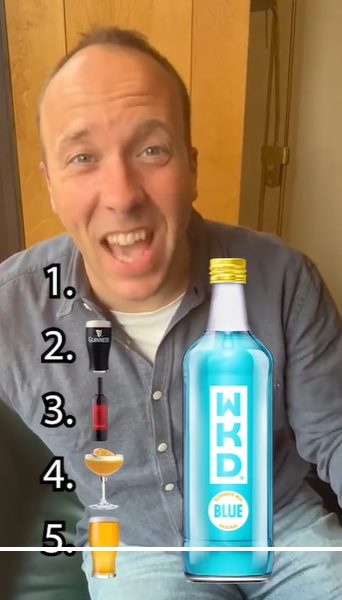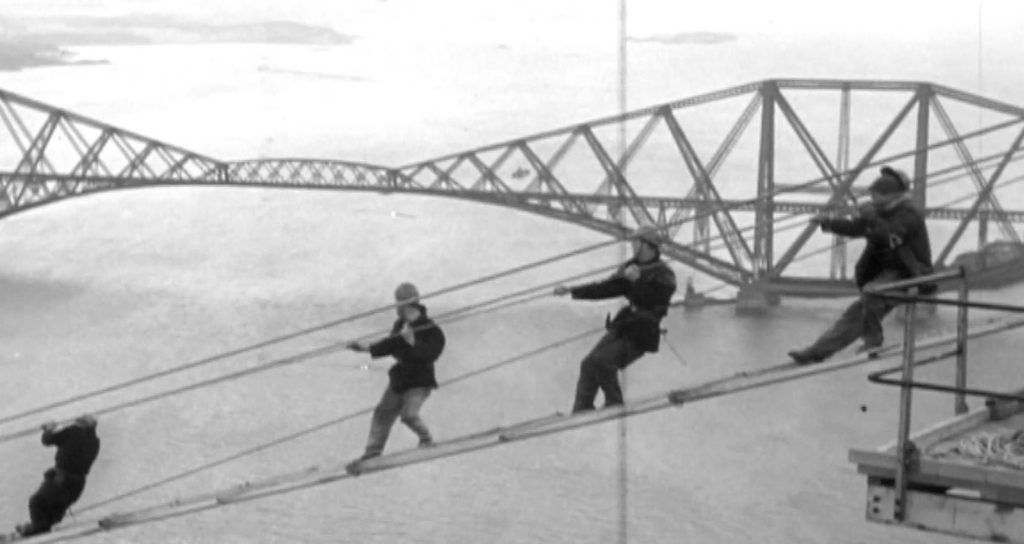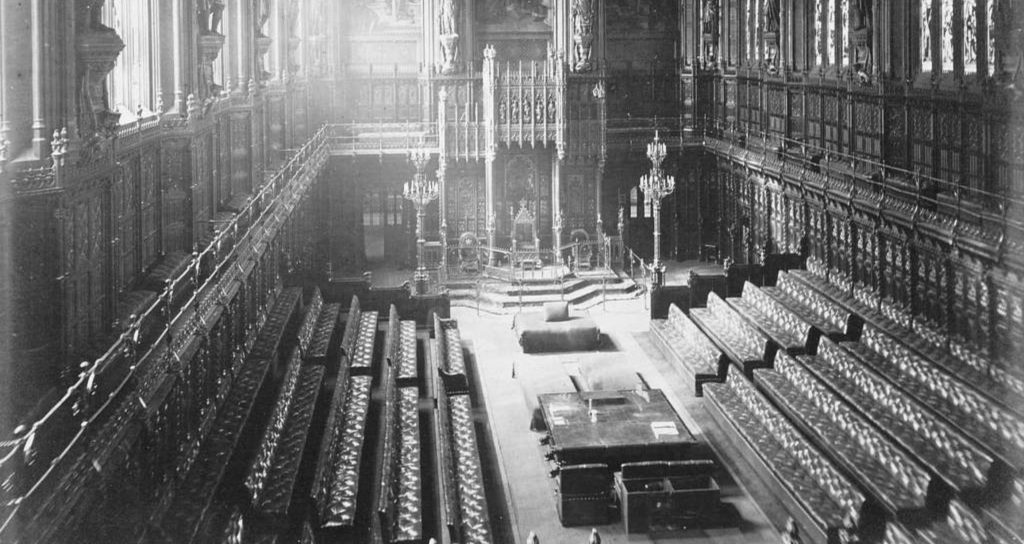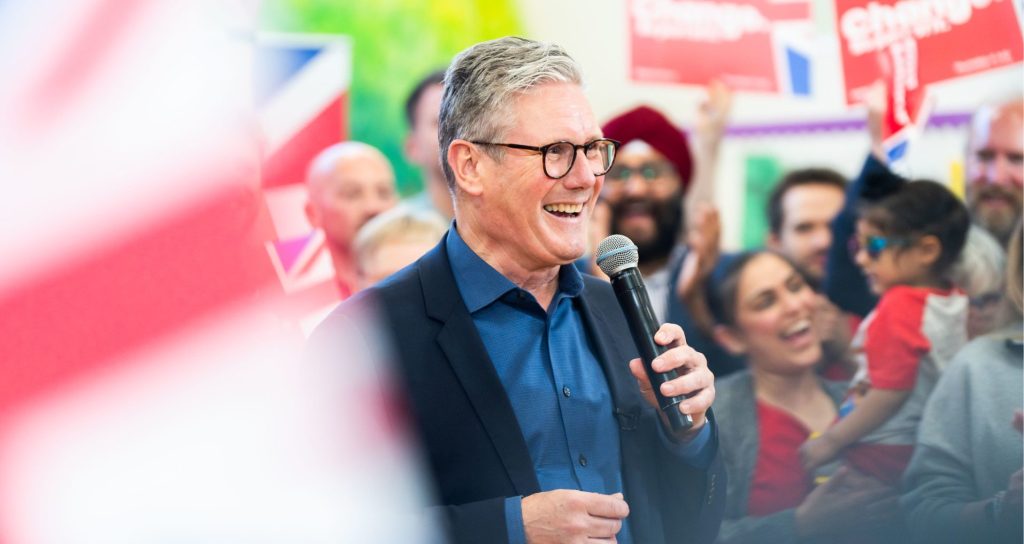Grant Shapps’ 60-second TikTok launch of Great British Nuclear this summer may seem a far cry from Duncan Sandys’ official White Paper announcing Britain’s first nuclear power programme 70 years ago, but perhaps he is just keeping up with the times.
After all, 2006 (yes that’s right, 2006!) babies are hitting the polls for the first-time next year.
The way we communicate as a society has changed. Our attention spans are shorter and our need for instant results is greater, but what does this mean for the future of political communications?
Learning to meet people where they’re at is key to reaping electoral dividends
At the heart of today’s short, snappy visual media options is TikTok.
Taking a hardline security approach to TikTok may seem politically expedient for some but by simply ignoring the social platform, which has become increasingly popular among the young, is a surefire way to fail in building relationships with them.
A recent study by the Reuters Institute found that nearly half of 18 to 24-year-olds are regular users of TikTok. Of this number around one in ten use the platform as their primary news source, which Ofgem states puts it on par with The Guardian.
Politicians are often criticised for spending too much time speaking to the converted so for those looking to build a base of engaged younger voters TikTok could very well be the place to do it, allowing them to reach individuals who would never dream of turning on the six o’clock news to catch up with the day’s political action.
It’s not simply a social media platform politicians are missing out on, but a potential new realm of communication.
Calling Gen Z
The power of TikTok lies in its unique algorithm, which closely monitors users’ in-app activity. The platform’s infamous “For You” page (FYP) is a constantly changing, customised stream of content based upon a user’s previously liked videos and interactions.
To find out what a user likes, it will serve them a variety of videos, including videos on politics, to gauge their level of interest.
This gives political TikTok creators the opportunity to have their content in front of new eyes every single minute of every single day.
Unlike other social platforms like Facebook (which tends to recycle content and show users things their friends and family have liked), each TikTok feed is different and has the potential to influence voters independently from what their relatives or friends might think or see online.
However, an algorithm that feeds you more of what you watch may also prove to be a double-edged sword.
TikTok, more than any other platform, could have the tendency to gradually transform a feed into a political echo chamber. For example, if a user consistently interacts more with content which aligns with the political left, they will begin to see less and less right-wing videos on their feed. Does that mean there is little exposure to a diverse range of views?
What happens when politics meets the personal?
TikTok can help to humanise politicians too.
For example how would you rate a Guinness, glass of red wine, a passionfruit martini, pint of lager and WKD from one to five?
Seem an easy decision? Trickier when you aren’t sure what drink is up next and you accidentally place the blue alcopop in first place while retiring your favourite Irish brew to second best.

Screenshot from TikTok of Matt Hancock rating drinks
We can all thank Matt Hancock’s infamous TikTok blind-rating drinks challenge for being one of many cringey things MPs (and I likewise) feared would become the new norm if politics and social media were to collide, yet humour isn’t always a bad thing when it comes to educating the world on Westminster.
First-timers to the polls, more than ever, are searching for authenticity and for many, TikTok has become the gatekeeper of ‘realness’ opposed to mainstream channels.
For once, “people aren’t seeking perfection and aren’t expecting you to look ten out of ten,” avid TikTok user Labour MP Zarah Sultana says.
Instead, video-based platforms are beginning to positively redefine the boundaries between politicians and voters – and in my opinion, are doing it well.
For some, one day you are amid a sea of red and white cheering on Nottingham Forest on their promotion to the Premier League. The next? You are in the House of Commons, leading a speech on why standing against the return of the government’s Illegal Migration Bill to Parliament is important.
This might just be the recipe for TikTok success which ‘Baby of the House’ Labour MP Nadia Whitthome knows all too well.
Boasting 632,000 likes on the platform, her mix of serious political messages and snapshots of life behind the benches is a valuable campaign tool for political gain.
She says her videos manage to go beyond “reaching the usual suspects who regularly engage with parliamentary politics’. Bridging this communication gap with an untapped generation could be vital to a successful campaign.
This is also the philosophy of Conservative MP Dr Luke Evans, who, although active on the platform, admits that TikTok is not where many of his traditional voters are.
As well as comedically calling Speaker of the House of Commons Lindsay Hoyle an ‘idiot’ in a play on Jose Mourinho’s infamous meme, Dr Evans offers users a better understanding of life in Westminster. He also responds directly to comments from his 46.5K followers, giving explanations to those on the oddities of Commons’ traditions and general parliamentary processes.
After all, if you can get them to watch, you might just get their vote.
How might the political power of TikTok shape UK voting behaviour ahead of 2024?
With the UK’s last general election in 2019 held just before TikTok’s meteoric rise, it’s too early to determine whether gathering likes and views will help candidates win their own races to Westminster.
But its influence is unlikely to be overlooked for long.
During the US presidential election, Brookings found more than half of young adults between the ages of 18 and 29 turned out to vote, an astonishing eight-point rise from four years previously. Becoming the ‘app of the people’ during the pandemic, TikTok has been credited in the US for the high participation of young voters in 2020.
Fast forward three years and Insider Intelligence is now forecasting TikTok’s global monthly users to be a staggering 900.7 million by next year.

This chart displays the results of the number of posts uploaded to TikTok under a given UK political party hashtag, including differing variations used to refer to each party (eg Tory vs Conservatives). Results are an independent analysis of the platform sampled over a period of three days by this author.
While actively searching for UK politicians on the platform, I found that #LabourParty uploads are currently taking an enormous lead at 564.9 million, meanwhile #ConservativeParty is at just 27.8 million. My FYP also began to serve greater political content over a three-day period from official Labour MPs opposed to Conservative. This is despite equal engagement (as far as I could measure) with accounts from both political parties during my analysis.
It remains to be seen whether Labour’s current leading influence on WestminsterTok could help Keir Starmer to success in the general election next year. What is clear, however, is that for those of us who engage with the platform, the groundwork is certainly being laid for educating and engaging young people more than ever on politics.2




